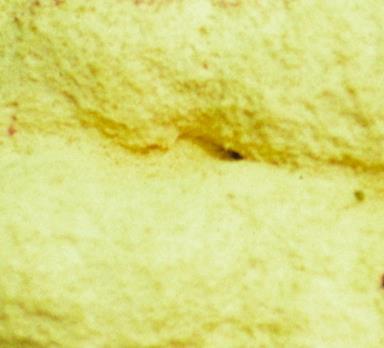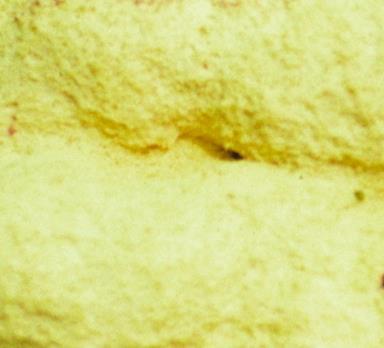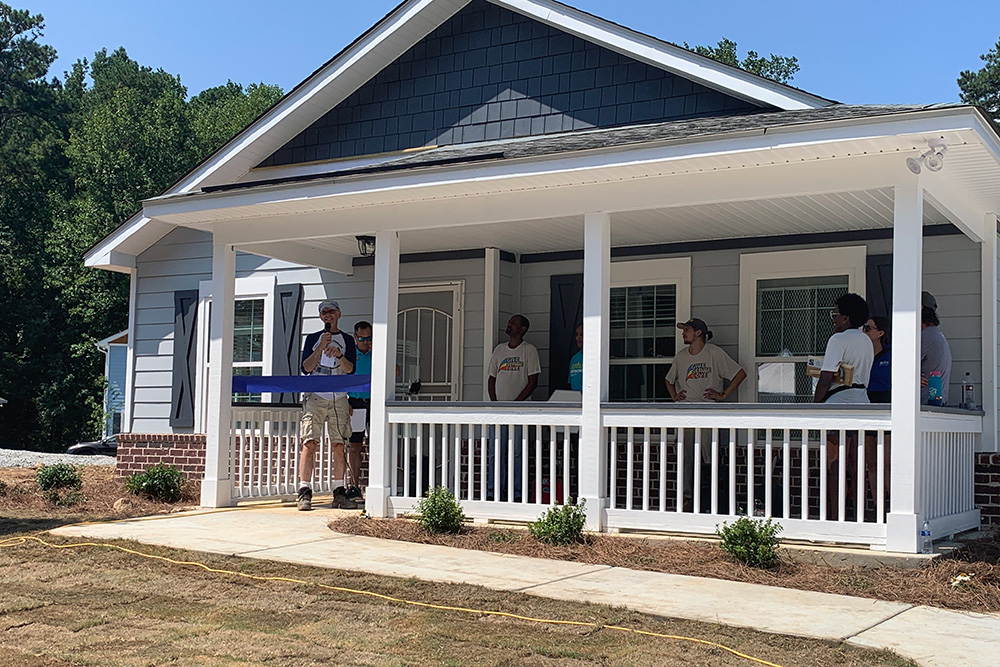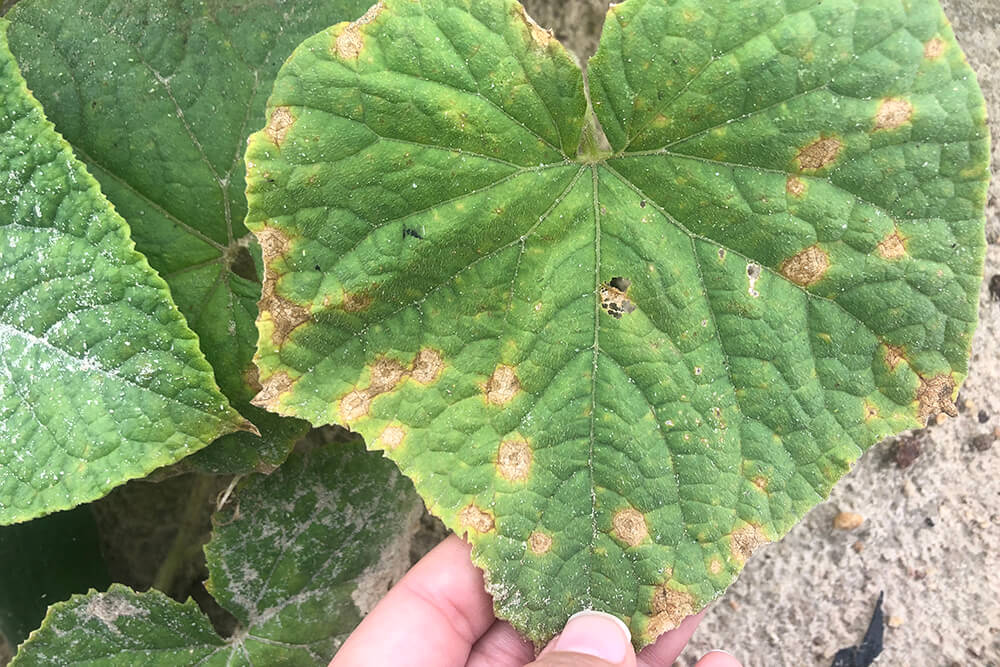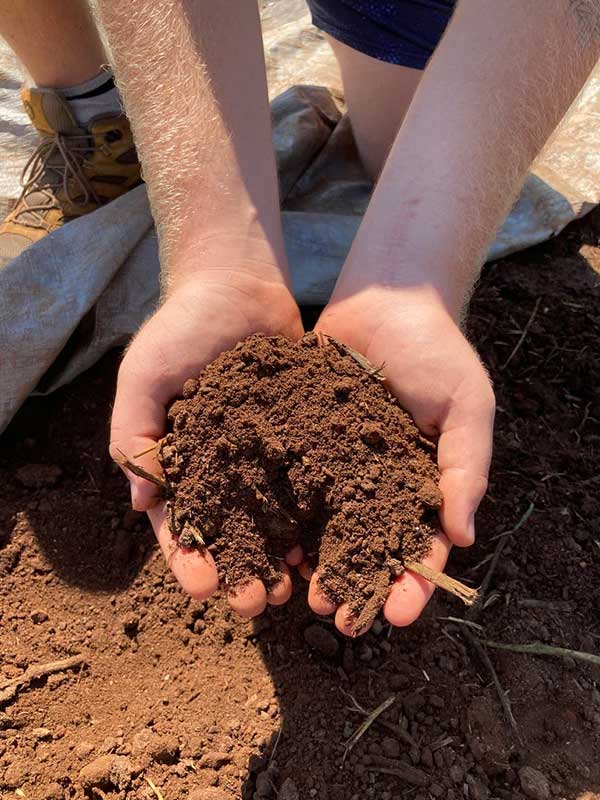Most of the time when people call their University of Georgia Extension office, they are typically fairly calm, but when they call to report a science-fiction-type growth has taken up residence in their yard, their nerves are usually on edge.
A lot of the “What in the world is it?” phone calls we receive are about slime molds popping up in lawns or in mulch.
Slime molds are primitive, fungus-like organisms that are classified as myxomycetes in the Kingdom Protoctista. Depending on the type of slime mold, they may be white, yellow, blue-gray, black, brown or pink.
They usually appear after a strong rain, but they are almost always there in the environment just waiting to emerge. The slimy blobs seem to materialize overnight, usually on decaying organic material — like mulch. Rotting mulch serves not only as the mold’s home but also as its food source.
When the mold becomes visible, it is getting ready to reproduce by releasing spores.
One of the more interesting slime molds that we get calls about is the one that my kids think has the best name — dog vomit slime mold.
It grows on wood mulch, and yes, it looks like your neighbor's cute canine ate something that didn’t agree with its stomach.
When fresh — if you can call a slime mold fresh — it has a yellowish color, but turns to a white color when it begins to dry out. When it completely dries, it can be easily broken open, releasing brown, powdery spores into the air.
Although slime molds are unsightly, they are harmless to you and your plants.
There is no way to prevent or kill them, so there is no use trying to spray different chemicals on the ground to try and control the mold. You can rake or wash the mold away to help get rid of it quicker, but they will eventually disappear on their own.
So after a good rain, watch your step. Dog vomit may appear, and depending on your perspective, either amaze you or gross you out.

